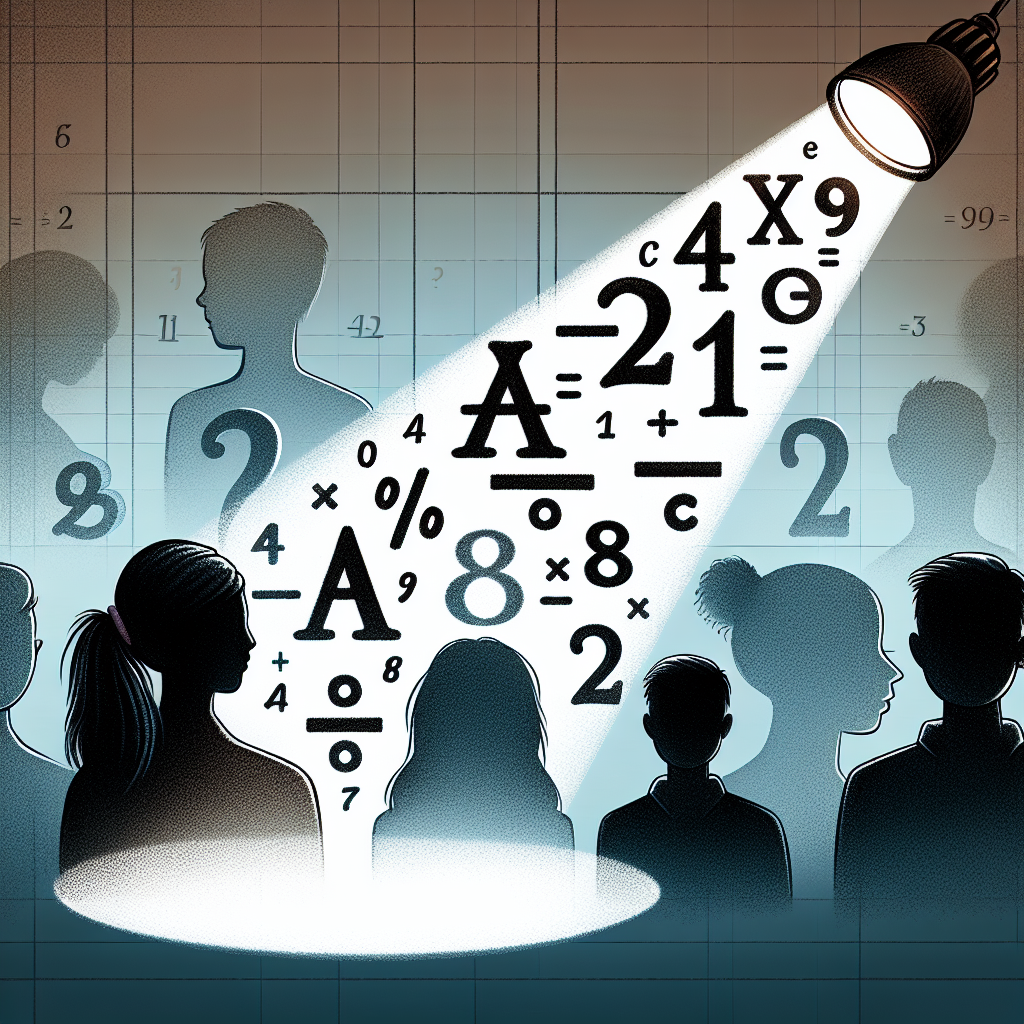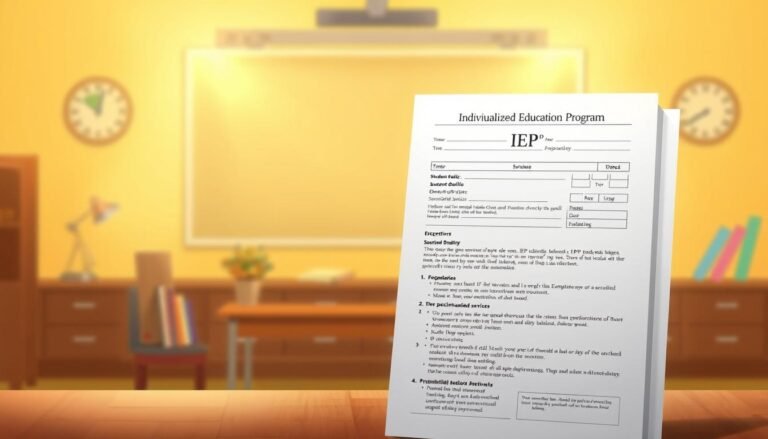
Spotting the Signs: How to Recognize Dyscalculia in Learners – The Ultimate Guide
Introduction
Imagine sitting in a bustling classroom where children are eagerly engaging with their math problems, but one child is visibly distressed, struggling to grasp even the simplest of equations. This scenario is all too common for learners facing dyscalculia—a learning difference that often goes unnoticed in the shadow of more commonly discussed difficulties like dyslexia. Spotting the Signs: How to Recognize Dyscalculia in Learners is crucial for parents, educators, and peers. Recognizing this issue can pave the way for tailored interventions that foster not only academic achievement but also a sense of confidence in learners.
Dyscalculia, sometimes referred to as "math dyslexia," affects approximately 5-7% of the population. Yet the lack of awareness surrounding its signs and symptoms can leave many children without the support they desperately need. By understanding how to recognize dyscalculia, we can create more inclusive educational environments that empower every learner.
The Importance of Early Recognition
The central bank of knowledge surrounding dyscalculia highlights the importance of early intervention. Like dyslexia, dyscalculia often manifests in childhood, typically by the time a child reaches school. However, as with many learning differences, it can go unidentified for years if caregivers and educators don’t know what to look for. Early recognition plays an integral role in ensuring that learners receive the appropriate support they need to succeed.
Understanding Dyscalculia: What Is It?
Dyscalculia is a specific learning disability in mathematics. It is characterized by difficulties in understanding numbers, learning math facts, and performing calculations. This can manifest in multiple ways, including:
- Struggles with basic arithmetic
- Difficulty in understanding number lines or scales
- An inability to grasp concepts of time and distance
- Problems with spatial reasoning and organization of written work
By acknowledging these challenges, we open ourselves up to spotting the signs: how to recognize dyscalculia in learners effectively.
Signs and Symptoms of Dyscalculia
Recognizing dyscalculia isn’t always straightforward. The signs can often be mistaken for general learning difficulties or a lack of focus. However, specific symptoms can guide educators and caregivers:
- Poor Number Sense: Difficulty in grasping the concept that numbers represent quantities.
- Issues with Basic Math Operations: Struggling with addition, subtraction, multiplication, or division.
- Difficulty Memorizing Math Facts: Forgetting multiplication tables or math formulas.
- Problems with Word Problems: Inability to translate word problems into mathematical terms.
- Challenges with Measurement: Difficulty in understanding units of measure, such as inches, feet, or liters.
- Spatial Reasoning Issues: Trouble navigating spaces or recognizing patterns and shapes.
Understanding these signs is imperative for educators and parents alike.
Case Study Example: Sarah’s Struggles in Grade 3
Sarah, a bright and creative third-grader, loved storytelling but found her math lessons to be an overwhelming source of frustration. While her peers breezed through addition problems, she often confused similar-looking numbers, such as 6 and 9. Teachers interpreted her avoidance of math assignments as a lack of interest. However, her mother noticed Sarah’s fears of being called on in math class, correlating her self-doubt to more than just a fleeting dislike for the subject. Recognizing these red flags allowed her mother to advocate for a formal assessment, leading to a diagnosis of dyscalculia.
The realization that what Sarah faced was not just a character flaw but rather a recognized learning difference equipped both parent and child with strategies to overcome the hurdles of learning math.
The Role of Assessment in Recognition
While spotting the signs is critical, formal assessment is an essential step toward confirming dyscalculia. Multiple avenues exist for thorough evaluation:
- Psychoeducational Assessments: Conducted by specialists to gauge cognitive abilities and academic skills.
- Behavioral Checklists: Used by teachers to identify behavioral patterns associated with learning difficulties.
- Parent-Teacher Conferences: Opportunities to discuss observations and concerns.
Taking these steps can significantly aid in spotting the signs: how to recognize dyscalculia in learners before it impacts their education and self-esteem.
Strategies for Supporting Learners with Dyscalculia
Successfully supporting learners with dyscalculia involves structured interventions and tailored strategies. Here’s how educators and parents can help:
1. Employ Visual Aids
Using visual tools such as graphs, charts, and manipulatives can make abstract mathematical concepts tangible. When teaching fractions, for example, pie charts can illustrate the components effectively.
2. Focus on Practical Applications
Embedding math skills in real-life situations—like cooking or budgeting—can help learners relate to numbers in meaningful contexts.
3. Use Technology Wisely
Many educational applications cater specifically to learners with dyscalculia, providing interactive tools that enhance understanding while keeping learners engaged.
4. Encourage a Growth Mindset
Promoting a culture that values effort over correctness can significantly assist struggling learners. Celebrating small victories and reframing challenges as opportunities can inspire perseverance.
Case Study Example: Mark’s Incremental Progress
Mark, a high school student diagnosed with dyscalculia, felt disheartened when it came to his mathematics classes. His teachers utilized digital platforms that encouraged self-paced learning. By allowing him to work on his computer, Mark began to visualize problems differently. Gradually, he could tackle complex concepts step-by-step, transforming his view on mathematics.
5. Create a Supportive Environment
Fostering an environment where learners feel safe to express their challenges is essential. Open communication can help parents and educators address concerns without stigma.
Frequently Asked Questions (FAQs)
What is dyscalculia?
Dyscalculia is a specific learning disability that affects a learner’s ability to understand and manipulate numbers.What are the early signs of dyscalculia?
Early signs can include difficulty with basic math, an inability to grasp number concepts, and issues with arithmetic operations.How is dyscalculia diagnosed?
Diagnosis involves comprehensive assessments from psychological or educational experts, tailored to understand visual-spatial and numerical reasoning.Can dyscalculia be treated?
While there is no "cure," strategies such as visual aids, practical applications, and technology can significantly improve outcomes for learners.What can parents do to help?
Parents can create a supportive home environment, utilize educational resources, and engage in open dialogue about challenges and progress.- Does dyscalculia affect other areas besides math?
Often, learners with dyscalculia may also experience challenges in spatial reasoning, organizational skills, and even verbal communication due to how the brain processes information.
Conclusion
Recognizing dyscalculia in learners is a profound responsibility that educators and caregivers share. By effectively spotting the signs: how to recognize dyscalculia in learners, we can ensure that these children receive the understanding, support, and tools necessary to thrive in educational settings and beyond.
As we come together to champion awareness and understanding, we open doors for these learners to unlock their potential. With early intervention and compassionate teaching methods, we can transform math anxiety into confidence and competence, empowering every child to approach numbers as friends rather than foes.
Let this guide be a beacon for recognizing and addressing dyscalculia, fostering a bright future for every learner.
This detailed guide serves both as an informative resource and a call to action for anyone involved in education or caregiving. The path to awareness and advocacy begins with understanding, and from there, we can build a future with no barriers for learning differences, ensuring that no child is left behind, especially in their mathematical journeys.
















